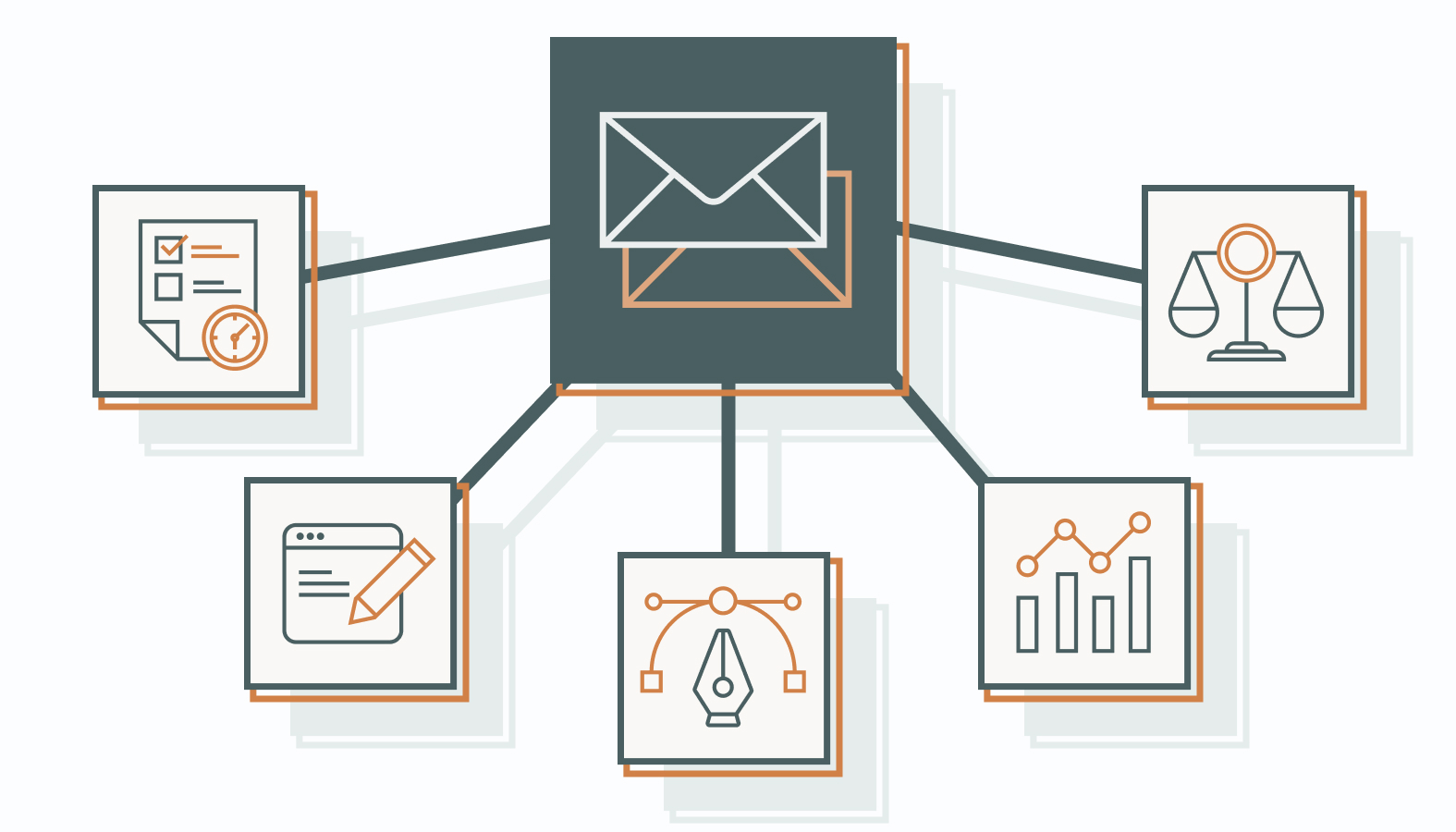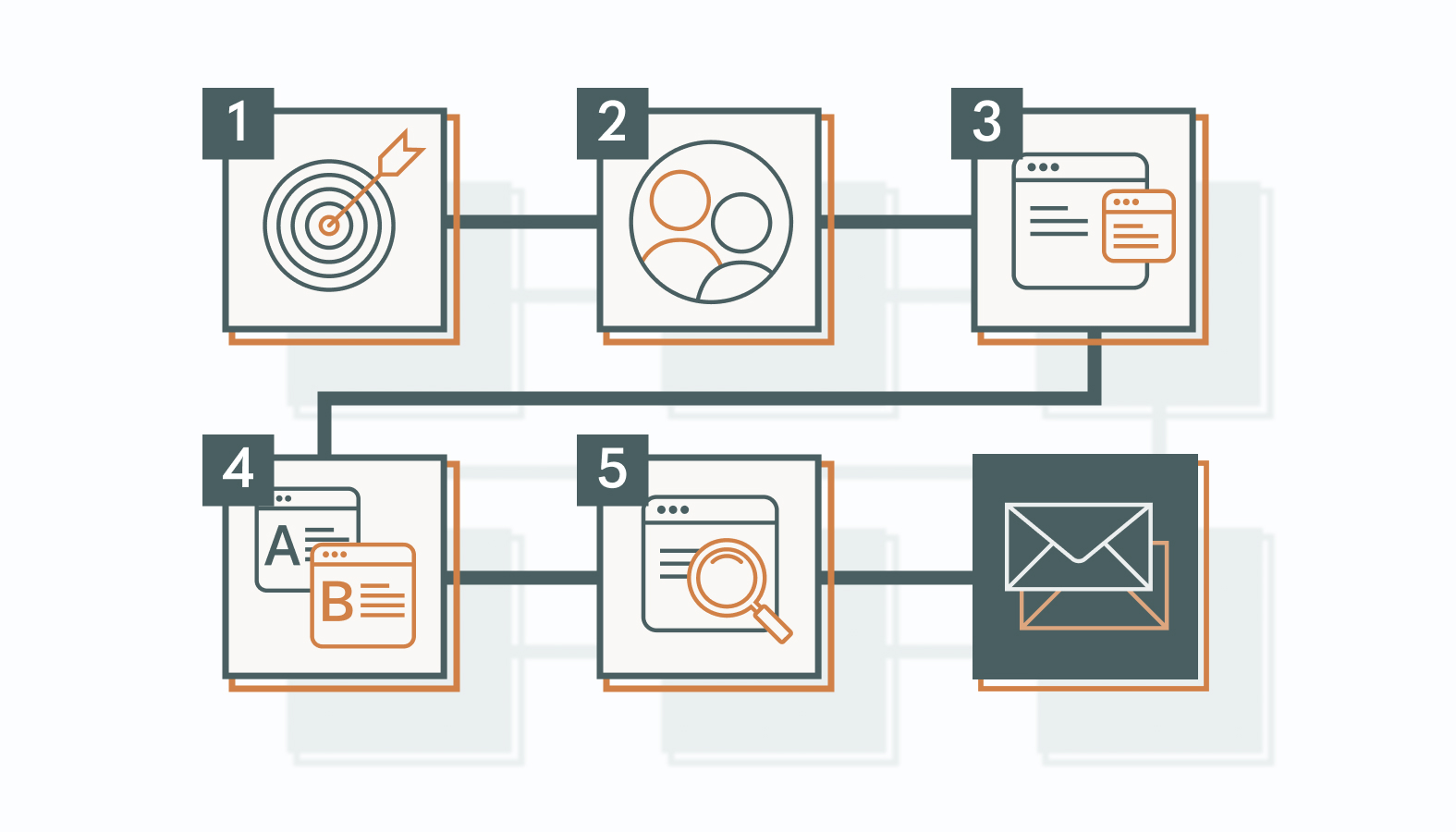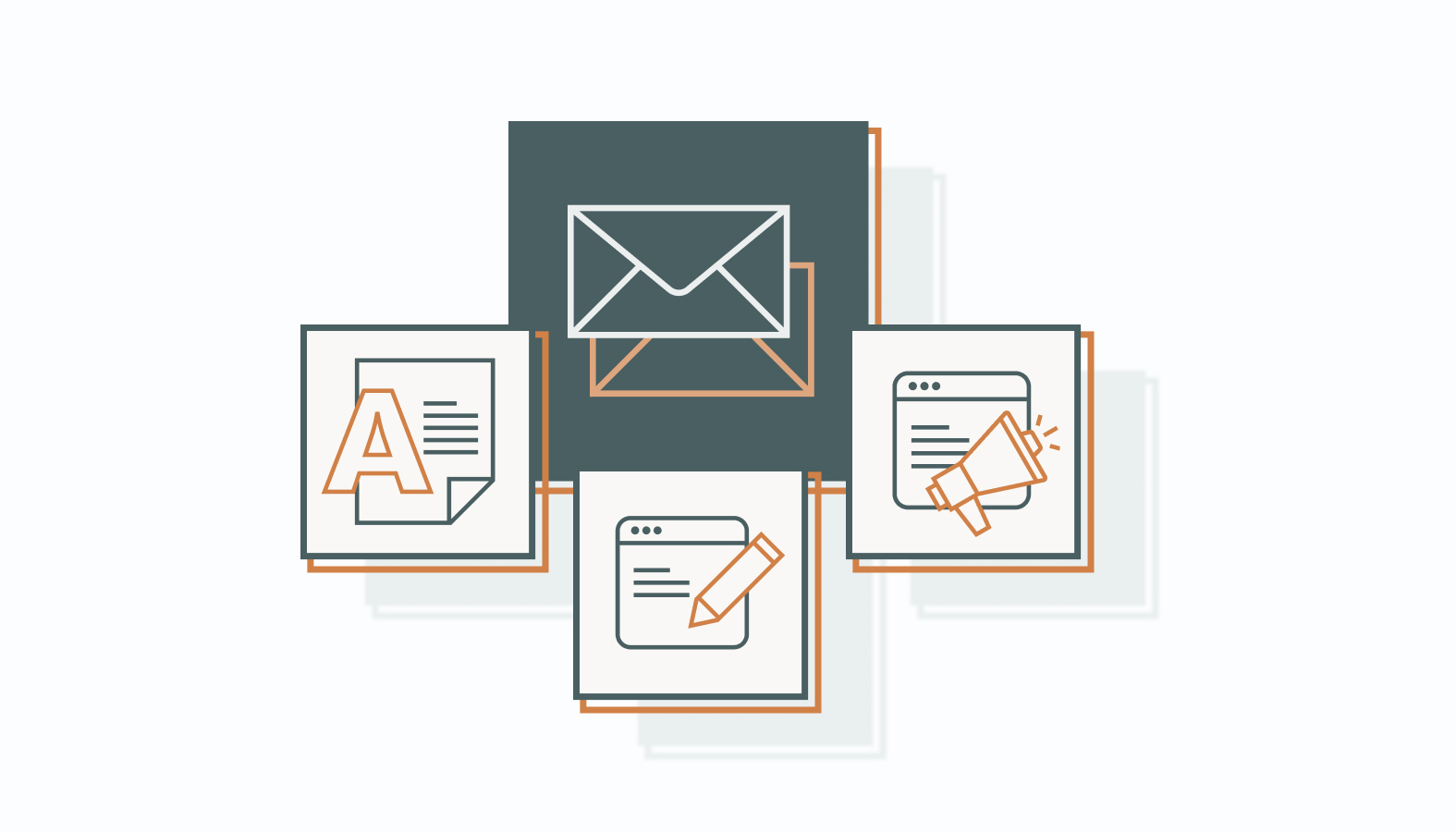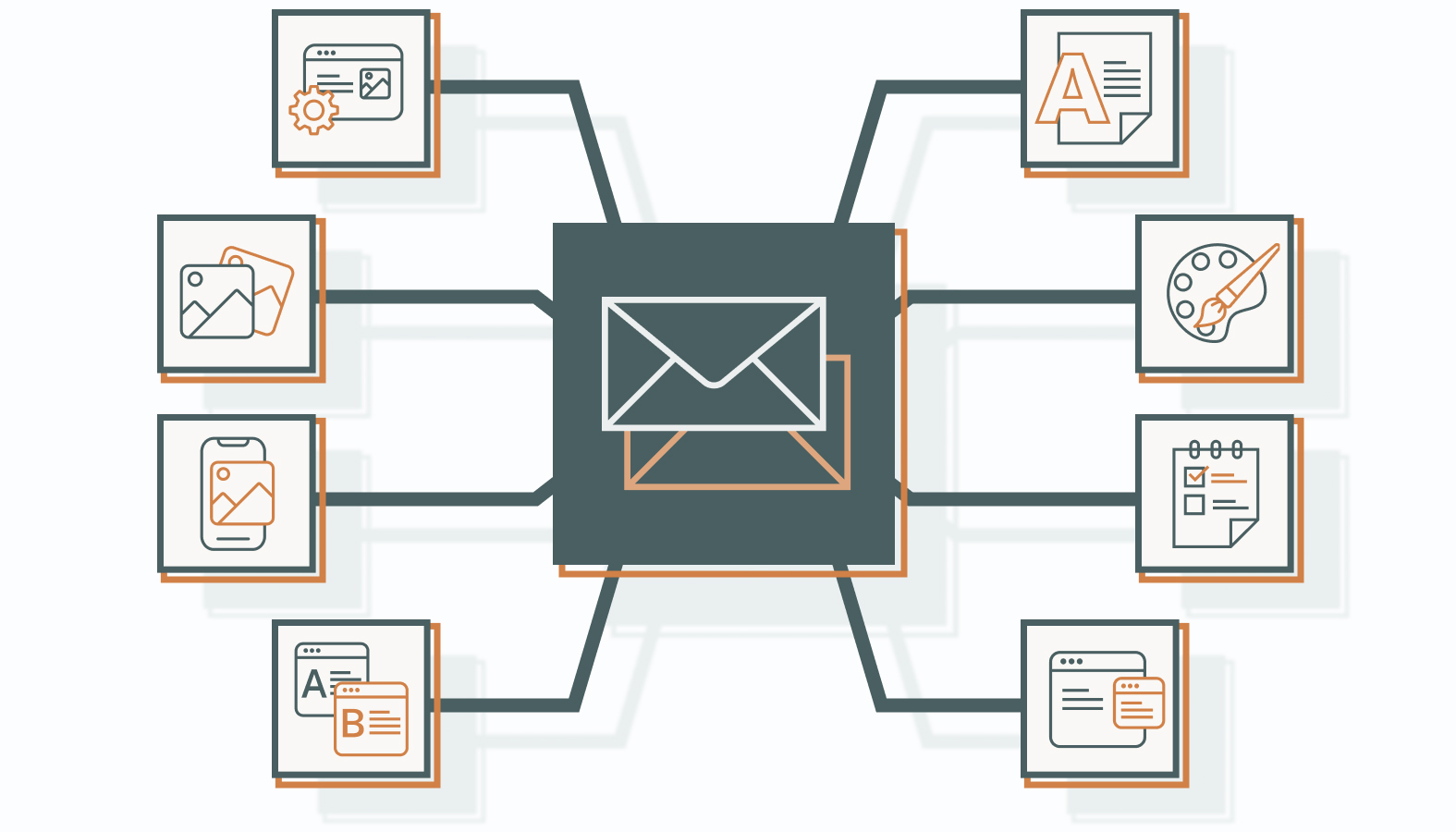Email remains one of the most powerful tools for engaging customers and driving results. It’s not just about sending messages but also creating experiences that resonate with your audience. With the right strategies, businesses can transform their email marketing efforts into a powerhouse for generating leads, building customer relationships, and boosting ROI.
This guide covers the basics of email marketing and advanced strategies, including automation and integration with other marketing channels. Whether you’re an experienced marketer or new to the field, you’ll find practical tips to improve your campaigns and achieve your business goals.
Let’s explore how mastering email marketing can elevate your business.
The Basics of Email Campaign Management
Email campaign management involves planning, executing, and analyzing email marketing campaigns. It includes content creation, design, and audience targeting to meet specific business goals. It ensures your emails are personalized for your audience and boost engagement and conversion rates.
Essential Elements for Crafting Effective Email Campaigns
Standing out in a crowded inbox is more challenging than ever. Effective email campaigns are key to capturing and retaining the attention of your recipients.
Here are the important elements that can make or break your email campaign management efforts.
Planning and Strategy
Thorough planning and setting of clear objectives are crucial for successful email campaigns.
Start by defining what you want to achieve—whether it’s boosting sales, increasing brand awareness, or nurturing leads. Use audience segmentation to customize your messages for different groups and make them more relevant and effective.
A/B testing is another invaluable tool that helps you test different versions of an email to determine what works best with your audience.
Content Creation
Effective email campaigns require personalized content to capture attention and drive engagement. Craft strong subject lines that spark curiosity or convey urgency to encourage opens.
The email body should include a clear call-to-action (CTA) guiding readers toward your desired action, such as visiting your website or making a purchase. Personalization, like addressing recipients by name or tailoring content to their preferences, can also significantly boost engagement.
Design and Usability
Attractive and mobile-friendly designs are essential for a smooth user experience. A clean, well-organized layout improves readability, while eye-catching visuals grab attention.
Use responsive design techniques to ensure your emails look good on any device since many people check their emails on their phones.
Execution and Analysis
Scheduling, automating, and sending your email campaigns efficiently is made possible with tools that allow pre-defined sends based on user behavior or time zones.
Track key metrics, such as open rates, click-through rates, and conversions, to measure the success of your campaigns. Analyze this data to find areas for improvement and continuously optimize your campaigns.
Compliance and Engagement
Compliance with email marketing laws like GDPR and CAN-SPAM is non-negotiable. These regulations protect user privacy and ensure ethical marketing practices.
Get clear email consent from subscribers to stay compliant. Keep engagement high by regularly refreshing your content and offering valuable information or incentives to your audience.
How to Plan Your Email Campaign Management
Strategic planning is the foundation of any successful email marketing campaign. Without a good plan, even the most creative and compelling content can fall flat. It ensures your emails are purposeful, timely, and aligned with your marketing goals.
Developing an Email Marketing Calendar
An email marketing calendar helps organize and schedule your campaign activities. It lets you plan your communications to ensure timely delivery and prevent last-minute scrambles. With a calendar, you can keep your content flowing to engage your audience.
To create one, outline content themes that match your goals and audience interests. Timing is crucial; schedule your emails around important dates, such as holidays, product launches, or special promotions.
Choose the frequency of your communications to avoid overwhelming your audience while staying top of mind. Additionally, mark campaign milestones like A/B tests or performance reviews for ongoing improvement.
Integrating Your Email Strategy With Other Marketing Channels
Integrating your email strategy with other marketing channels ensures a cohesive and unified message. When all your channels work together, they amplify each other’s impact and create a seamless experience for your audience.
For instance, you can use email to promote content from your blog or website, driving traffic and engagement. Encourage email sign-ups via social media with exclusive offers and share highlights from your social channels to deepen the connection.
In paid advertising, you can target ads to your email subscribers or use emails to follow up on leads generated through ads. Cross-promotion, such as offering exclusive deals to those who engage with multiple channels, can further increase reach and engagement, making your marketing synchronized and effective.
Streamlining Your Email Marketing With Automation
Email automation uses software to automatically send targeted emails to your audience based on predefined triggers or schedules. It’s a game-changer in modern marketing, allowing businesses to maintain a personal touch while improving efficiency.
Automation handles routine tasks, letting marketers focus on strategy and creativity, ensuring emails are timely and relevant to their audience’s needs and interests.
Benefits of Automated Email Campaigns
Automated email campaigns offer many benefits to boost your marketing. Let’s explore how automation can transform your email marketing strategy.
Save Time and Boost Efficiency
Automation cuts down the time and effort for manual email campaign management tasks. It takes care of routine operations like sending welcome emails to new subscribers or reminders for upcoming events, freeing up your team to concentrate on more strategic initiatives. This increases productivity and efficiency across your marketing operations.
Ensure Consistent Messaging
A consistent brand voice and message builds trust and recognition. Automation keeps every email aligned with your brand guidelines, providing a seamless experience for recipients. This reinforces your brand identity and values across all communications.
Improved Targeting and Personalization
Automation allows for highly targeted and personalized email campaigns. Using data like user behavior and preferences, it sends relevant content tailored to individual interests. This enhances the user experience and increases the likelihood of engagement and conversion.
Enhanced Customer Engagement
Automated campaigns boost engagement rates by delivering timely and relevant content. They keep your audience informed and interested. Automated responses to user actions can nurture relationships and encourage ongoing interaction with your brand.
Scale Your Efforts Seamlessly
Automation enables you to scale your email marketing efforts without an increase in workload. As your subscriber list grows, it efficiently handles the increased volume, ensuring each recipient gets the right message at the right time.
Gain Valuable Insights from Data
With email automation, you can collect a wealth of data on how recipients interact with your emails. This data allows for in-depth analysis of campaign performance to refine and improve future strategies. By understanding what works and what doesn’t, you can optimize your campaigns for better results.
Setting Up Automated Email Campaigns
Setting up an automated email campaign involves several strategic steps that collectively contribute to its success.
Plan and Define Your Objectives
Every successful email campaign begins with clearly defined goals and objectives. Consider what you want to achieve, be it increasing sales, boosting engagement, bolstering brand awareness, or growing your subscriber list.
These goals should be achievable and measurable, providing you with clear benchmarks for success. They not only offer direction but also help assess and optimize your campaign’s performance over time.
Segment Your Audience Strategically
Strategic audience segmentation is the key to delivering personalized and impactful messages.
Divide your audience into distinct groups based on demographics, behavioral data, geographical location, or purchase history and craft messages that directly address the needs and preferences of each segment. This targeted approach improves relevance, increases engagement rates, and strengthens connections with your audience.
Map Workflows and Craft Compelling Content
Mapping out email workflows involves designing a sequence of automated emails that guide your recipient through a journey based on specific triggers or user actions. It could include a series of welcome emails for new subscribers, follow-ups on abandoned cart activities, or nurturing sequences for leads.
At each stage of the workflow, create engaging and relevant content that aligns with your goals and resonates with your audience. Consider varying the types of content, such as educational resources, promotional offers, or customer testimonials, to keep recipients engaged and moving toward conversion.
Set Up, Test, and Refine Workflows
After setting up workflows, testing is critical to ensure they work correctly. Conduct A/B tests to see which subject lines, content formats, or CTAs yield the best engagement. Use this feedback to improve your workflows before full deployment.
This ongoing process of testing and refinement helps your automated campaigns run smoothly and effectively, maximizing the return on your investment.
Launch, Monitor Performance, and Optimize
Once your automated campaign is live, continuously monitor performance metrics. Analyze data to gauge the campaign’s effectiveness and identify improvement areas. Optimize based on these insights to boost your email marketing efforts and reach your goals.
Optimizing Email Content and Design
A well-crafted message, paired with an appealing design, significantly increases engagement and conversion rates. Focus on these elements to not only capture your audience’s attention but also guide them smoothly toward the desired actions.
Crafting Compelling Email Content
High-quality content is essential for engaging email recipients. It delivers your message and encourages interaction with your brand. Here are some key aspects of creating powerful email content:
Writing Attention-Grabbing Subject Lines
The subject line is the first thing recipients see, making it a critical element in capturing their attention. A compelling subject line can significantly boost open rates by showing what the email contains and why it’s worth their time.
To craft attention-grabbing subject lines, use strategies like creating a sense of urgency, asking intriguing questions, or offering a clear benefit to the reader.
Creating Engaging Body Text
After a strong subject line, the body of the email needs to deliver on that promise. Write clear, concise, and engaging text to hold your reader’s attention. Use a conversational tone and break information into digestible chunks. Make sure each paragraph leads naturally into the next to maintain interest and encourage the reader to continue.
Using Effective Calls-to-Action
CTAs drive the desired outcomes from your email campaigns. Make them clear, concise, and compelling to guide recipients on the next steps you want them to take, like visiting your website, signing up for an event, or making a purchase. Place CTAs strategically within the email and use contrasting colors to make them stand out.
Enhancing Email Design
A good design boosts usability and engagement, making interaction easy and improving the overall recipient experience.
Optimizing Layout and Structure
A clean and organized layout is vital for readability and comprehension. Ensure a logical flow with clear sections and highlight the most important information. This structure makes it easy for recipients to scan the content and quickly find the information they’re interested in.
Incorporating Visual Elements
Images, graphics, and other visual elements can greatly enhance the appeal of your emails. They help break up text, convey messages more effectively, and capture attention. However, it’s important to ensure visuals are relevant and complement the overall message rather than distract from it.
Ensuring Mobile Responsiveness
With many users accessing emails on mobile devices, ensuring your emails are mobile-responsive is non-negotiable. Design your emails to adapt to various screen sizes and make sure the text is legible and the buttons are easy to click on smaller devices.
Testing and Refining Your Designs
A/B testing different design elements helps determine what resonates best with your audience. Test variations in layout, color schemes, and visual elements to optimize the design for maximum engagement. Continuous testing and refinement keep your email designs fresh and effective.
Using Alt Text for Images
Alt text (alternative text) describes images within your emails for users who rely on screen readers or when images fail to load. It should be concise yet descriptive to help all users understand the visual content.
Ensuring Sufficient Color Contrast
Proper color contrast improves readability and ensures your text stands out against its background. This is especially important for recipients with visual impairments, such as color blindness.
Use tools to check color contrast ratios and comply with accessibility guidelines to make your content more legible for everyone. By prioritizing high contrast, you create a clearer and more enjoyable reading experience.
Structuring Content With Headings and Lists
Organizing your email content with headings and lists not only improves visual clarity but also enhances accessibility for screen readers. Headings create a clear hierarchy of information, while lists, whether ordered or unordered, simplify complex details, aiding comprehension and navigation.
Providing Plain Text Versions
Offering plain text versions of your emails makes your message accessible to recipients who may encounter difficulties loading HTML content due to device or network limitations. Plain text emails strip away formatting and provide the core message in a simple and straightforward manner.
This approach not only ensures your message is delivered effectively but also increases deliverability rates, as some email clients might flag heavily formatted emails as spam.
Ensuring a High-Quality Email List
A high-quality email list is essential for a successful email campaign management. It ensures your messages reach the right audience for better engagement and conversion.
Maintain list hygiene to keep it clean and relevant, and use growth strategies to expand your reach with interested and engaged subscribers.
Essential Practices for List Hygiene
Email list hygiene refers to the ongoing process of cleaning and maintaining your subscriber database to ensure it’s current, accurate, and engaged. It’s important to keep a high-quality list because it helps prevent issues like email bounces, spam complaints, and decreased open rates.
Regularly Remove Inactive Subscribers
Removing inactive subscribers who haven’t engaged with your emails over a defined period helps improve your email deliverability rates and ensures you’re focusing on an audience genuinely interested in your content. Consider implementing a re-engagement campaign before removal to give subscribers a chance to confirm their interest.
Verify Email Addresses
Regularly verifying email addresses ensures you’re communicating with valid, active contacts. Use tools to identify and remove invalid or fake email addresses, which can harm your sender reputation and increase bounce rates.
Segment and Personalize
Segmentation involves dividing your email list into smaller, more targeted groups based on criteria, such as demographics or past interactions. Personalized emails tailored to these segments tend to have higher engagement rates as they address specific interests and needs.
Update Subscriber Preferences
Regularly update subscriber preferences to ensure you’re sending content that matches their current interests. Allow subscribers to choose topics of interest or how frequently they receive emails to reduce unsubscribe rates and improve engagement.
Effective Strategies to Grow Your Email List
Continuously growing your email list with interested and engaged subscribers helps you reach a wider audience and sustain the momentum of your marketing efforts.
Create Valuable Lead Magnets
Lead magnets entice new subscribers to join your email list. Offer valuable content such as eBooks, whitepapers, or exclusive discounts that provide tangible benefits to your audience. The key is to ensure the lead magnet matches your target audience’s interests and solves a problem they’re facing.
Optimize Signup Forms
Your signup forms should be easy to find and fill out. Place them strategically on your website, such as on the homepage, blog posts, and at checkout. Keep the form simple, requesting only the information necessary for effective communication. A shorter form often has higher conversion rates.
Leverage Social Media
Social media platforms are powerful tools for expanding your email list. Use your social media presence to promote your email signup with exclusive content or incentives for those who subscribe. Engage with your audience on social media and direct them to your email list to strengthen your connection and broaden your reach.
Wrapping Up: Your Guide to Email Marketing Success
Email marketing is powerful when done strategically. Maintaining a clean email list, creating compelling content, and using automation are key to meeting your marketing goals. Use these insights and marketing strategies to boost your campaigns and increase ROI.
But if you’re feeling the need for a little more guidance or simply want to see how these strategies could be tailored specifically for your business, we’re here to help.
Our experts at Agency are ready to have an open, no-pressure discussion about your email marketing needs and goals. We’re all about finding the right solutions that work for you.
Schedule a candid conversation with one of our experts, and let’s explore how we can support your journey toward email marketing success.










